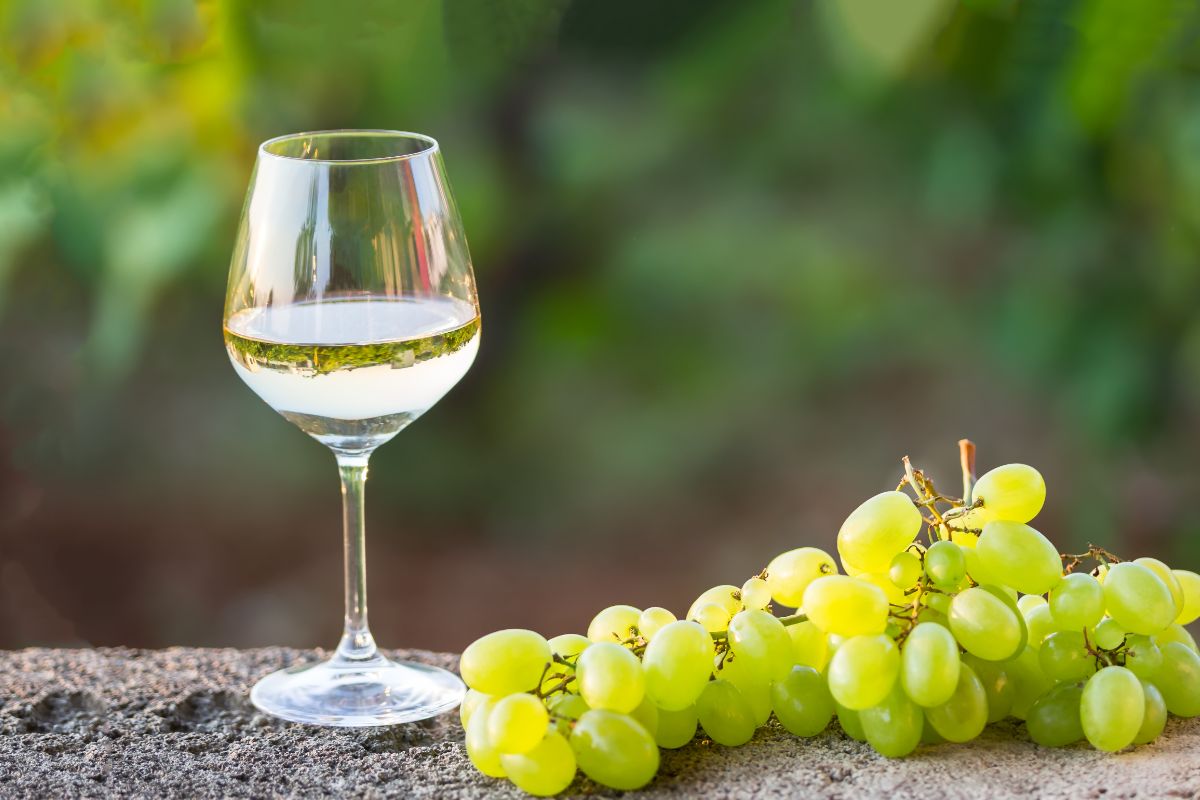Chardonnay stands as one of the world’s most beloved and versatile white wines, yet many wine enthusiasts find themselves puzzled by the dramatic differences they encounter from bottle to bottle. One Chardonnay might greet you with rich, buttery flavors reminiscent of vanilla and toast, while another delivers crisp, bright notes of green apple and citrus. This remarkable variation isn’t due to different grape varieties or mysterious winemaking secrets – it’s all about oak.
The distinction between oaked and unoaked Chardonnay represents one of the most significant stylistic choices in modern winemaking, fundamentally altering the wine’s character, texture, and flavor profile. Understanding this difference is crucial for any wine lover seeking to navigate the diverse world of Chardonnay and discover their personal preferences.
The story of Chardonnay’s two faces begins in the vineyard but truly unfolds in the winery, where winemakers make critical decisions about aging vessels and fermentation techniques. These choices don’t just influence taste – they create entirely different wine experiences. Whether you’re drawn to the opulent richness of barrel-aged expressions or the pure, unadulterated fruit character of steel-fermented versions, each style offers unique pleasures and food pairing opportunities.
This comprehensive guide will explore every aspect of oaked versus unoaked Chardonnay, from the technical processes that create these distinct styles to practical advice on selecting the perfect bottle for any occasion.
Understanding Oaked Chardonnay

Oaked Chardonnay undergoes aging in oak barrels, a process that fundamentally transforms the wine’s character through multiple mechanisms. The oak aging process involves three critical transformations that create the signature buttery, vanilla-like flavors associated with this style.
The Oak Aging Process
New oak barrels contain natural aroma compounds that seep directly into the wine during contact, imparting flavors that vary depending on the oak’s origin. French oak contributes elegant notes of vanilla bean, savory spices, and subtle smoke, while American oak delivers more pronounced vanilla extract, baking spices, and coconut characteristics. The intensity of these flavors depends on several factors: new oak barrels create stronger effects than used ones, longer toasting periods intensify the flavors, and smaller barrels provide greater wood-to-wine contact ratios.
Malolactic Fermentation: The Butter Factor
The signature buttery character of oaked Chardonnay results from malolactic fermentation, a natural chemical process where Oenococcus oeni bacteria convert harsh-tasting malic acid into softer lactic acid. This transformation creates the creamy, buttery texture that defines oaked Chardonnay, while also increasing the wine’s pH value, color intensity, and aromatic complexity.
Flavor Profile and Characteristics
Oaked Chardonnay typically presents a fuller body with lower acidity compared to its unoaked counterpart. The flavor profile encompasses toasty, nutty, buttery, and sometimes sweet notes, though the wine remains fundamentally dry. These wines display a rich, golden color and offer a robust, creamy texture that coats the entire midsection of the palate.
Exploring Unoaked Chardonnay
Unoaked Chardonnay represents the pure expression of the grape variety, aged in stainless steel tanks that preserve the wine’s natural fruit character without any oak influence. This style has gained significant popularity as wine enthusiasts seek cleaner, more mineral-driven expressions.
The Stainless Steel Advantage
Stainless steel tanks provide an impermeable environment that prevents oxygenation and temperature fluctuations. This controlled environment blocks malolactic fermentation, preserving the pure fruit character of the Chardonnay grapes. The result is a wine that truly reflects its terroir – the soil and climate conditions where the grapes were grown.
Flavor Profile and Characteristics
Unoaked Chardonnay presents a bright, light yellow color with fresh, citrus-dominant aromas and beautiful minerality. The wine feels lean on the palate, sitting primarily on the center of the tongue rather than coating the entire mouth. The flavor profile includes crisp, clean, and refreshing characteristics with bright acidity, ranging from citrusy to stone fruit notes with hints of minerality.
Climate significantly influences the flavor development in unoaked Chardonnay. Cooler climate regions like Sonoma County, Willamette Valley, Loire Valley, Chablis, Casablanca Valley, and Western Australia produce wines with tart lemon, zesty grapefruit, and crisp green apple notes. Temperate climates or later harvests in cool regions yield flavors of yellow apple, pear, and stone fruits.
Key Differences Between Oaked and Unoaked Chardonnay

The contrast between these two styles extends far beyond simple taste preferences, encompassing texture, aroma, color, and wine experience.
Texture and Mouthfeel
Oaked Chardonnay delivers a full-bodied, creamy texture with rich, buttery characteristics that coat the palate. The oak aging process creates a rounder, more substantial mouthfeel through controlled oxidation. Unoaked Chardonnay, conversely, presents a lighter body with crisp, clean characteristics and bright acidity that creates a more refreshing drinking experience.
Aroma and Flavor Complexity
The aromatic profiles differ dramatically between styles. Oaked versions showcase complex bouquets featuring vanilla, butterscotch, hazelnut, honey, caramel, toast, and spice notes layered over the fruit character. Unoaked Chardonnay emphasizes pure fruit aromas including citrus zest, green apple, pear, melon, tropical fruits, and floral notes, often accompanied by mineral undertones.
Color and Visual Appearance
Visual differences are immediately apparent when comparing these styles. Oaked Chardonnay typically displays deeper, golden hues resulting from oak contact and controlled oxidation. Unoaked versions maintain brighter, lighter yellow colors that reflect their steel-tank aging and minimal oxidation.
Food Pairing Recommendations
The distinct characteristics of each Chardonnay style make them suitable for different culinary applications and pairing opportunities.
Oaked Chardonnay Pairings
The rich, buttery character of oaked Chardonnay complements dishes with similar weight and richness. Ideal pairings include roasted chicken, lobster with butter sauce, creamy pasta dishes, grilled salmon, and soft cheeses. The wine’s full body and complex flavors can stand up to more substantial preparations and cream-based sauces.
Unoaked Chardonnay Pairings
Unoaked Chardonnay’s versatility makes it suitable for a broader array of dishes. The bright acidity and clean flavors pair excellently with fresh seafood, sushi, salads, goat cheese, light poultry preparations, and vegetarian dishes. The wine’s crisp character also makes it an excellent aperitif.
Choosing the Right Style for Your Palate

Selecting between oaked and unoaked Chardonnay depends on personal preferences, food pairing needs, and drinking occasions.
Consider Your Flavor Preferences
If you enjoy rich, creamy textures and complex, layered flavors with vanilla and spice notes, oaked Chardonnay will likely appeal to you. Those preferring bright, clean, fruit-forward wines with crisp acidity should explore unoaked expressions.
Occasion and Season Considerations
Oaked Chardonnay works well for special occasions, romantic dinners, and cooler weather when richer wines feel appropriate. Unoaked versions excel as summer wines, casual drinking options, and situations requiring food-friendly versatility.
The choice between oaked and unoaked Chardonnay ultimately reflects personal taste preferences and drinking contexts. Both styles offer unique pleasures and represent valid expressions of this remarkable grape variety. Understanding these differences empowers wine enthusiasts to make informed selections and fully appreciate Chardonnay’s incredible versatility.


